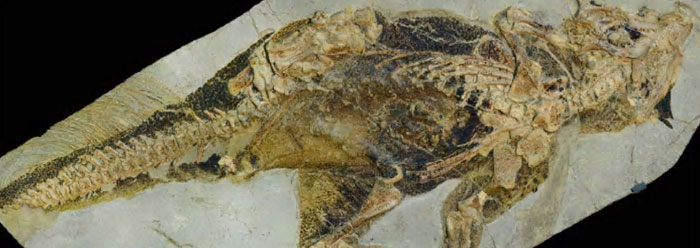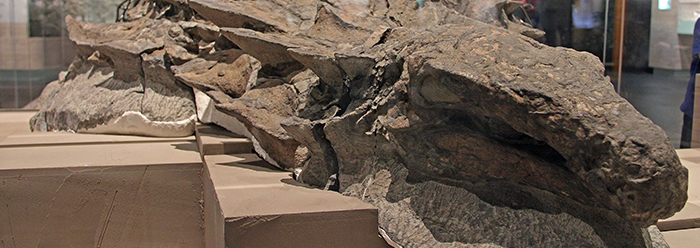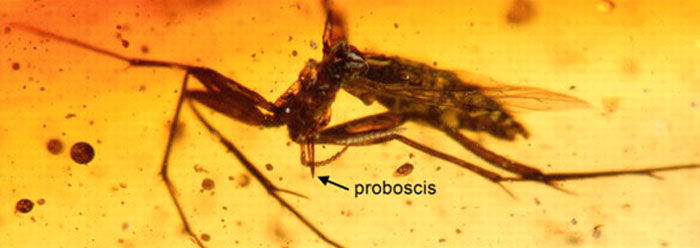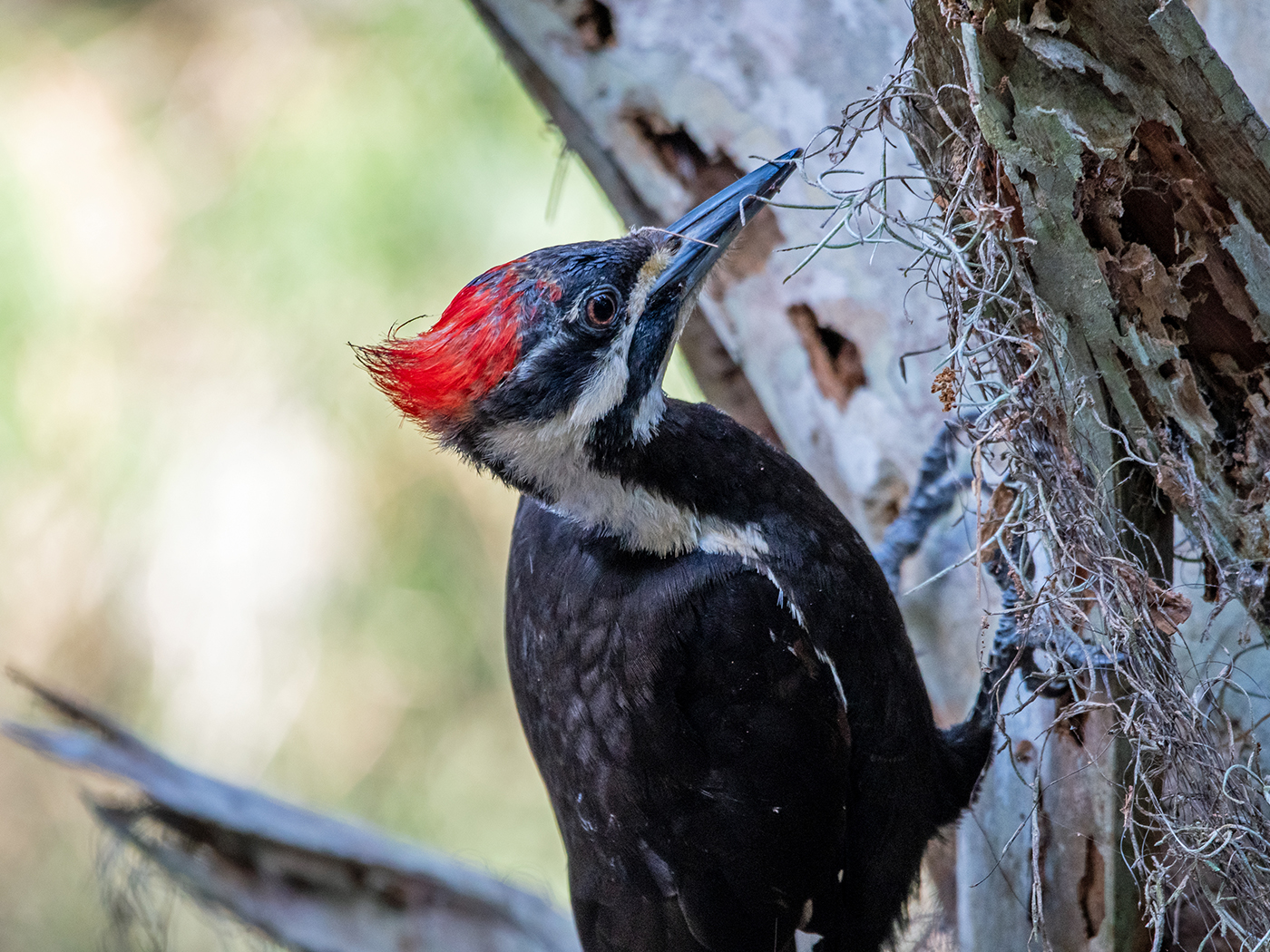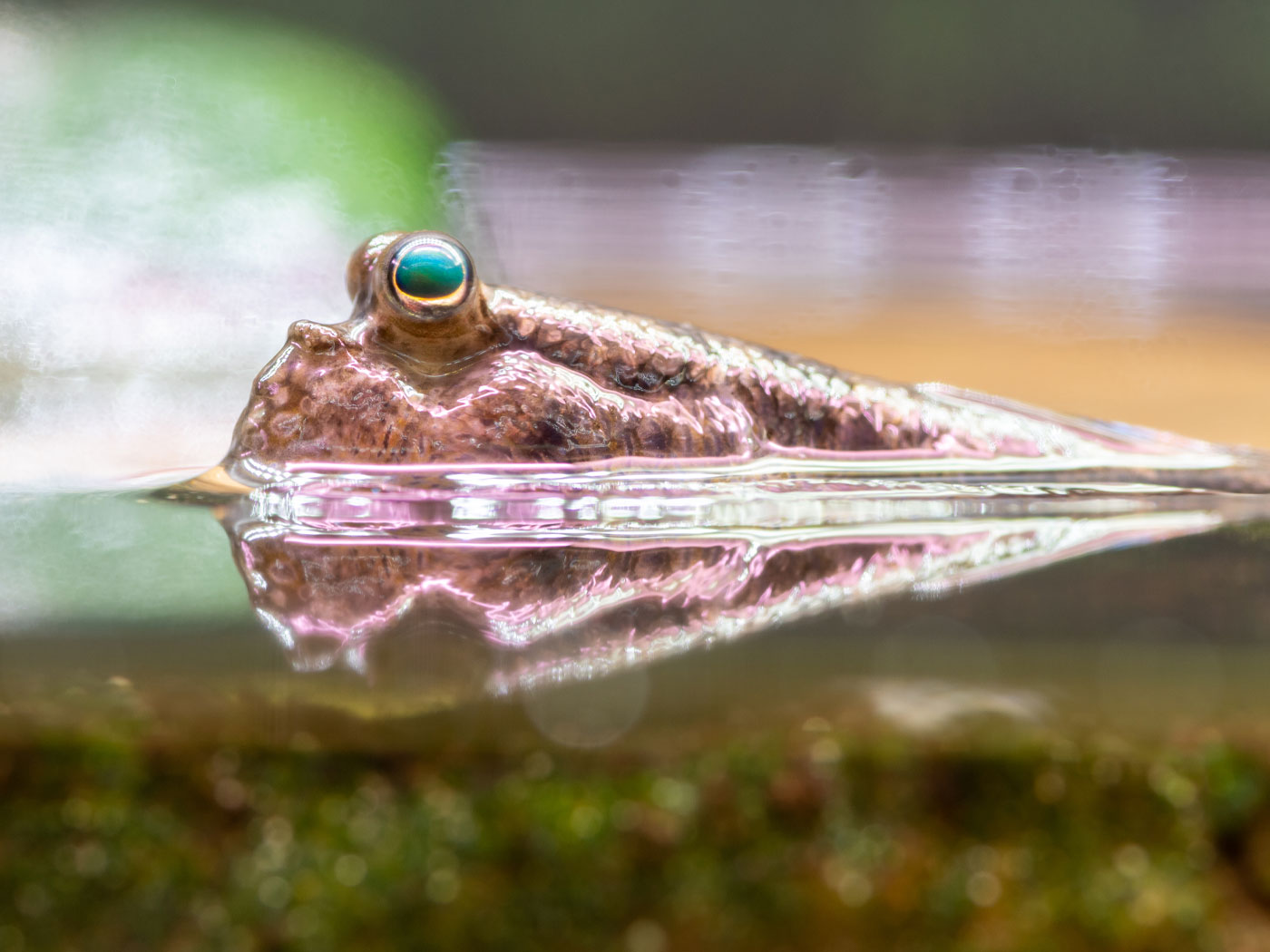How could dinosaur proteins persist over 70 million years inside dinosaur bones? That’s one of the biggest questions that secular paleontologists have faced in the last two decades. Many of them reason that some unique but undiscovered set of conditions grant proteins power to defy all odds and somehow survive unimaginable time scales. They think someone, someday, will discover the protein’s secret to survival. A new model suggests those long-sought conditions have come forth. And the once-secret rescuing device has a name: Maillard reactions. Does this common chemistry really explain the issue like its champions suggest, or does it leave ancient organics just as frail as ever?
Maillard reactions happen when proteins react with sugars to form dark-colored polymers. It’s what makes bread crusts and puts the outer crust on French fries. It happens between 280 and 330 °F—temperatures that some fossils reached while buried deep beneath the earth. A new feature in the journal Science highlights the recent toast model of Jasmina Wiemann and her former supervising professor Derek Briggs at Yale University.1 They claimed in 2018 that this crusty protein-turned-polymer “explains the preservation of fragile soft tissues in certain chemical environments through deep time.”2
The new feature in Science shows that deep-time advocates are latching onto the toast model of tissue preservation.3 Those hopping on this bandwagon believe that the model’s premise rolls along just fine. However, four failures break off the wheels of this toast model.
First, the toast model teaches that the original proteins have turned into crusty polymers, but several technical papers have reported quite soft, flexible, stretchy protein-packed tissues in fossils.4
Second, the toast model teaches that the original proteins turned into dark polymers, and yet several researchers have reported clear, white, and light-colored proteins in fossils.
A third failure comes from the fact that nobody actually knows how long these polymers can last, let alone that they could last tens of millions of years. Synthetic polymers, like plastics, should be stronger than toasted tissues, yet they begin degrading before our very eyes. Gretchen Vogel wrote in the Science feature that the polymers “can apparently last for eons.”1 This is only “apparent” to those already committed to the idea of “eons.” The polymers lasted for millions of years for those who assume the fossils are that old. Meanwhile, nobody has yet run decay experiments on AGE’s (Advanced Glycation End products) or ALE’s (Advanced Lipoxidation End products).
A final failure offers an even greater threat to the toast model bandwagon’s progress. Even though the fossils that Wiemann and Briggs selected have Maillard-derived polymers, those polymers may have nothing to do with the presence of actual proteins detected and even sequenced from dinosaur and other remains.4 Explaining the origins of saran wrap sidesteps the origins of the steak it covers.
Do Maillard reactions really rescue soft tissue fossils from the ravages of deep time? Only in the minds of those who care about rescuing millions of years more than they care about accurate science. The idea that these fossils formed thousands, not millions, of years ago explains both original organics in fossils and protein decay rates.
References
1. Vogel, G. 2019. Seeing Fossils in a New Light. Science. 366 (6462): 176-178.
2. Wiemann, J. et al., 2018. Fossilization transforms vertebrate hard tissue proteins into n-heterocyclic polymers. Nature Communications. 9: 4741.
3. Thomas, B. Soft Tissue Fossils Preserved by Toasting? Creation Science Update. Posted on icr.org December 20, 2018, accessed September 16, 2019.
4. See references in Thomas, B., S. Taylor, and K. Anderson. 2019. Some strengths and weaknesses of the polymer shield explanation for soft tissue fossils. Journal of Creation. 33 (2): 6-9.
Dr. Brian Thomas is Research Associate at the Institute for Creation Research.
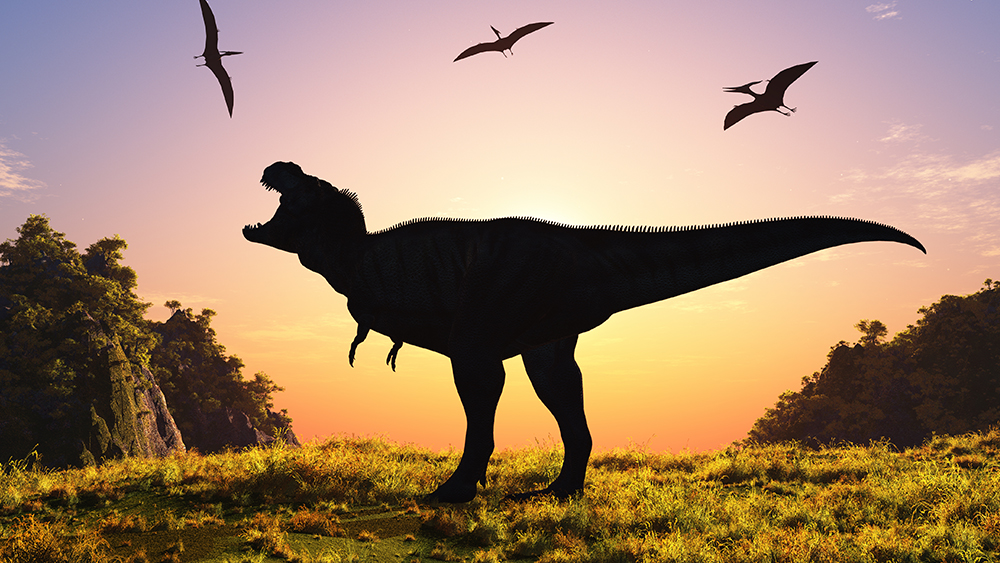
Do Maillard Reactions Explain Dinosaur Proteins?
The Latest
Scientists Question Foundational Big Bang Assumption
In April 2024, some of the world’s leading cosmologists convened at the Royal Society in London to question the cosmological principle—the...
Moroccan Dinosaurs in Marine Rocks, Too
Two recent papers by paleontologist Nicholas Longrich and his colleagues describe some unexpected findings in phosphate mines of northern Morocco.1,2...
CREATION PODCAST
Ernst Haeckel: Evolutionary Huckster | The Creation Podcast:...
Ernst Haeckel, a German Zoologist, is famous for developing a series of images of embryos in development called Anthropogenie. These images,...
Bees Master Complex Tasks Through Social Interaction
Bees are simply incredible.1,2 These little furry fliers challenge the very foundation of Darwinism in many diverse ways.
Bees have been...
The Tail of Man’s Supposed Ancestors
Although it has been known for decades and despite insistence to the contrary from the evolutionary community, man—Homo sapiens—has never...
When Day Meets Night—A Total Success!
The skies cleared above North Texas on Monday, April 8, for a spectacular view of the 2024 Great American Solar Eclipse. Hundreds of guests joined...
The Sun and Moon—Designed for Eclipses
Before discovering thousands of planets in other solar systems, scientists tended to assume that other solar systems would be very similar to our own....
Let ICR Help You Prepare for the Great American Solar Eclipse!
On Monday, April 8th, the moon will move directly between the earth and the sun, resulting in a total solar eclipse visible in northern Mexico, much...
Total Eclipse on April 8th
“You alone are the LORD; You have made heaven, the heaven of heavens, with all their host, the earth and everything on it, the seas and all that...
CREATION PODCAST
Dismantling Evolution One Gear At A Time! | The Creation Podcast:...
The human body is a marvel of complexity and the more we learn about it, the more miraculous our existence becomes! Can evolution explain the...




